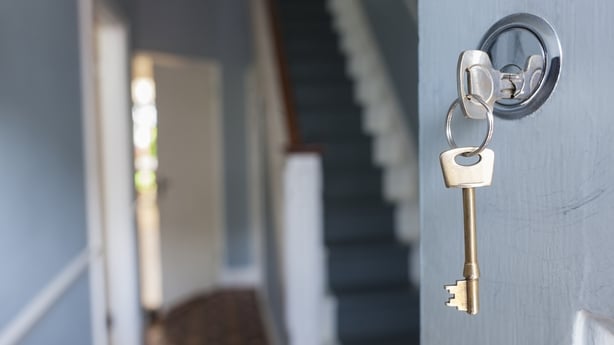Apartment developments could lead to a new form of segregated housing, according to a report which says a mix of household types should be maintained.
A study has found that developers have come to rely on selling blocks of apartments for social housing to fund their projects.
This combined with "geographical concentrations" of households relying on the Housing Assistance Payment (HAP) has led some Approved Housing Bodies (AHB) and local council staff to express concern that apartment developments may ultimately lead to segregation in towns and cities.
The study 'Social Housing in Mixed Tenure Communities' was commissioned by the Irish Council for Social Housing and the Housing Agency and it covered five modern apartment developments - three in Dublin and one each in Leinster and Munster.
It says that a mix of tenures - homeowners living in the same developments as social housing tenants - has worked well in the cases studied.
The study says that in the past, large concentrations of low income households have been found to result to a number of effects including higher unemployment, stigmatised neighbourhood reputations and extra pressure on social services.
This has led to a policy of 'tenure mixing' and the study found that nearly 80% of housing owned by AHBs are now in mixed estates compared to just 20% in 2003.

Co-author Professor Michelle Norris from UCD said social housing tenants in mixed tenure estates who were interviewed said one of the biggest benefits was the absence of stigma as their estate was not labelled as social housing.
Alice Howard is a social housing tenant with Fold Housing in a mixed tenure estate in Harolds Cross, Dublin where she said the interaction with neighbours is very good.
She grew up in local authority flat complexes and said people in those areas "get forgotten about".
One of the best things about mixed tenures, in her opinion, is estate management, where everyone is looked after in the same way.
Most of these properties - just under 70% - were purchased from developers with 20% built by the AHBs themselves and 7% secured through Part V obligations.
The study found that dispersal of social housing throughout a complex or clustering within a particular block could work equally well depending on local conditions.
However there were some problems reported with social tenants feeling excluded from network groups and unable to afford gyms in high end complexes.
"Social residents were acutely aware of being judged and looked down on and some felt a certain degree of stigma and judgment unfairly directed at them.
"Anti-social behaviour on the part of social renting tenants was also a key concern among private residents but some social residents felt that they were unfairly labelled as a nuisance group for the anti-social behaviour of one individual or family," the report stated.
It said that strong residents' associations and other outlets would enable residents of different tenures to meet and build relationships.

The report found that the growth in mixed tenure estates was evidence that the policy is practical and can be successful on a large scale.
"Mixed tenure housing provision has benefits in terms of combating socio-spatial segregation of different income groups and reducing the potential for stigmatisation of social housing tenants," it stated.
However the report warned that housing trends are making it unviable for developers to build for individual home buyers and small-scale investors and this is leading to a concentration of social housing in apartments.
It said part of the problem is the residential density guidelines introduced in 2009 are forcing builders into the construction of financially risky high rise developments which has led to builders' dependence on selling to the Government for social housing - or else to a private investment fund.
It said the issue should be dealt with in the planning system and that the Department of Housing should consider how to achieve higher densities without relying entirely on apartment and high-rise developments.







